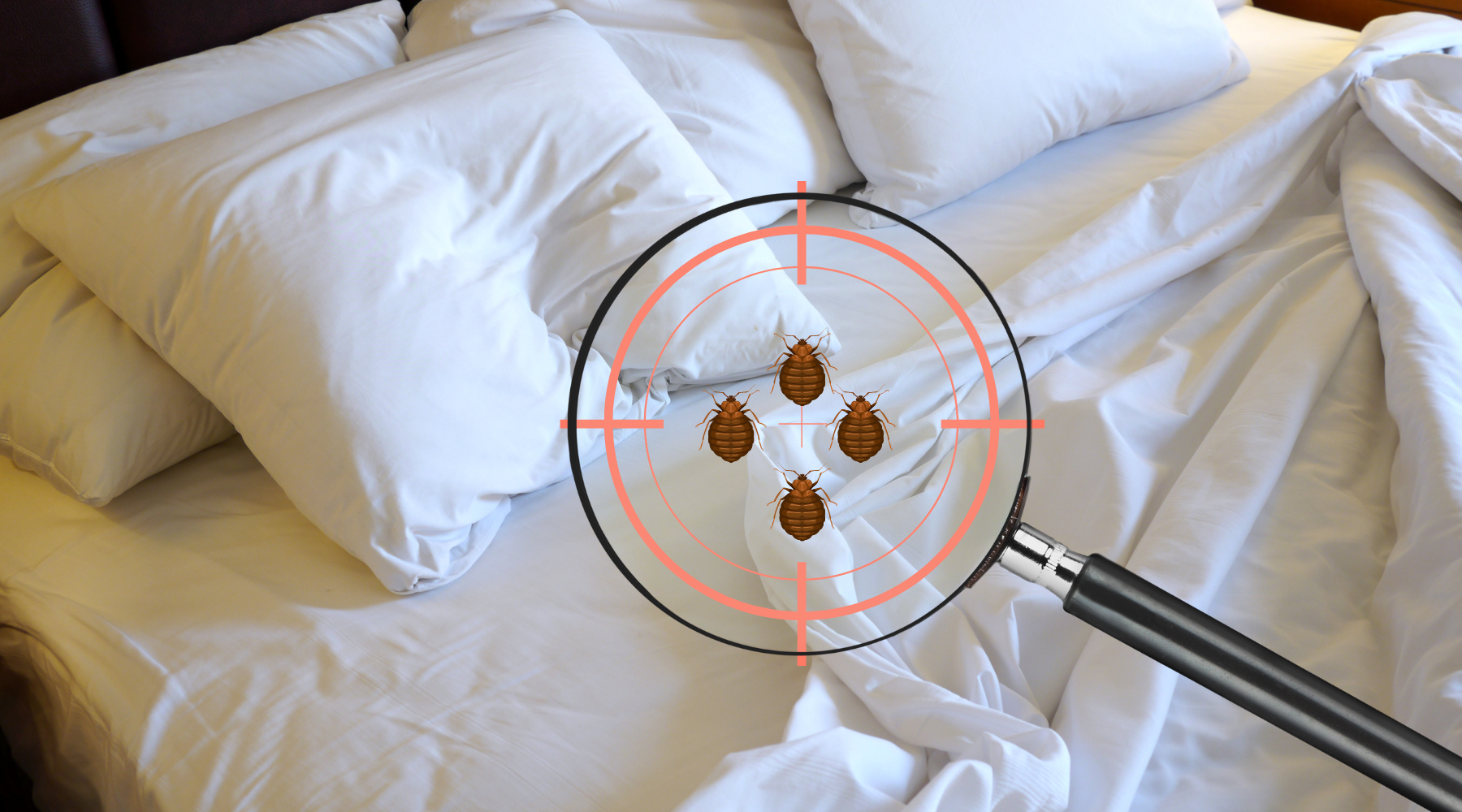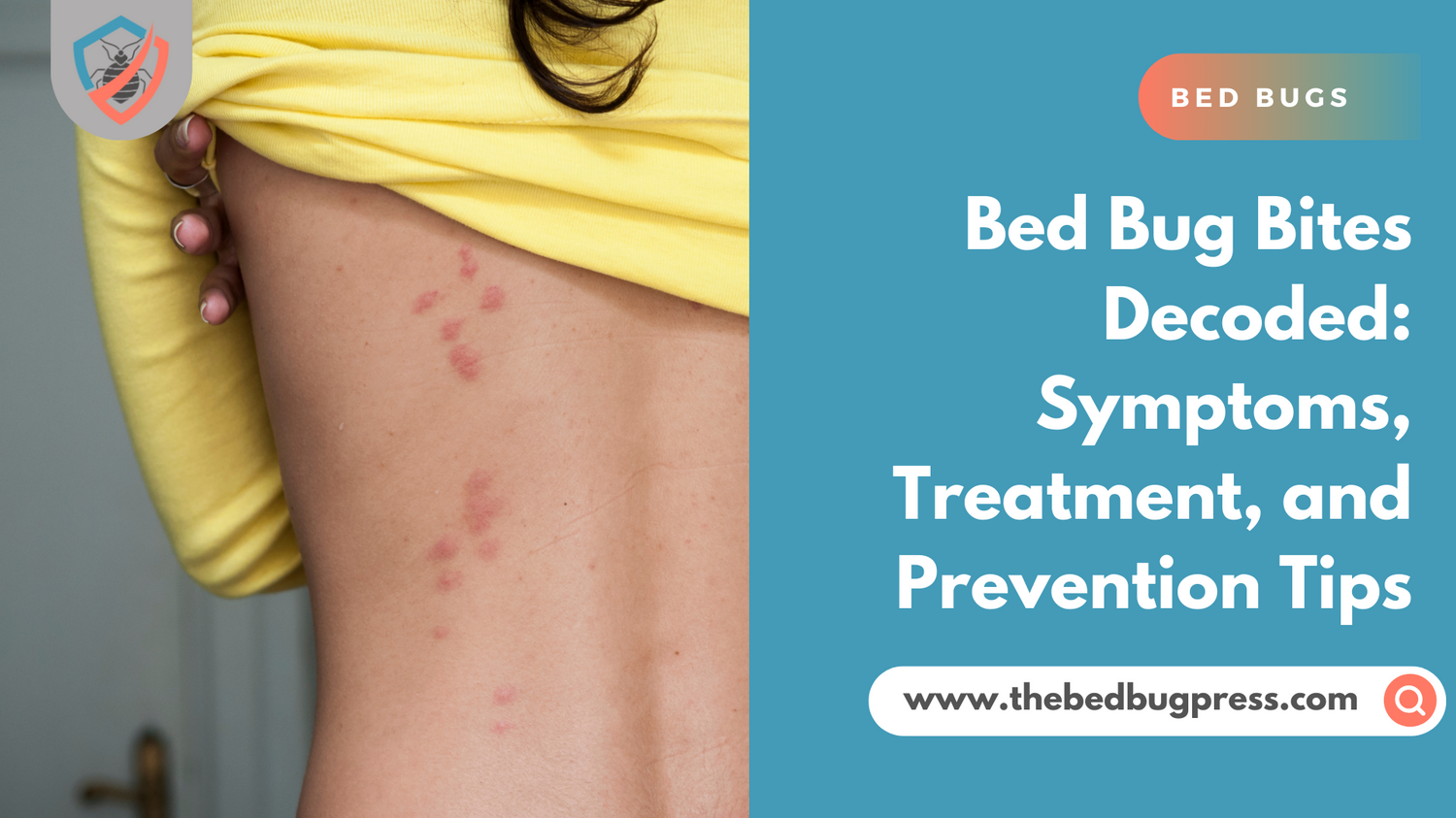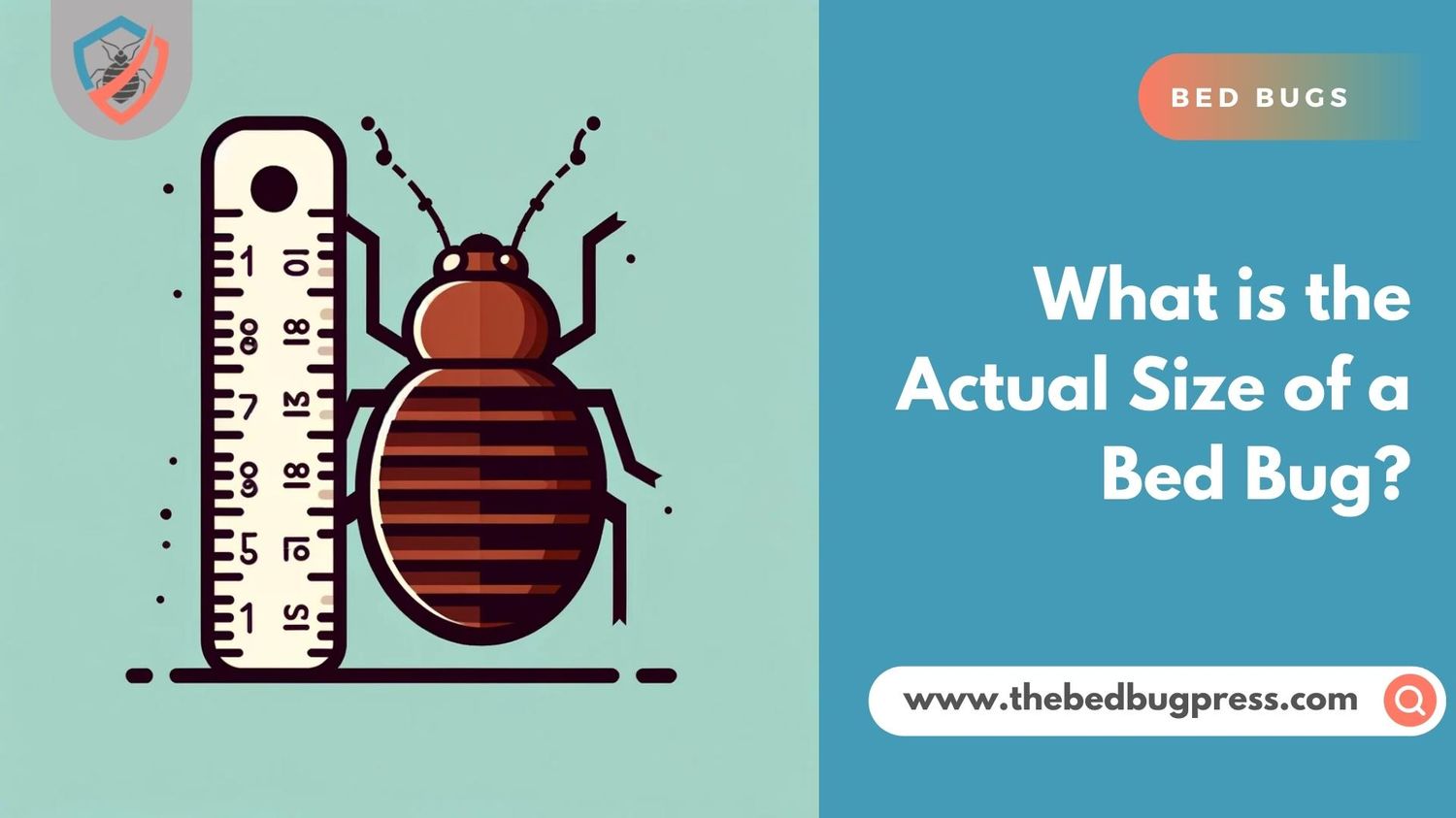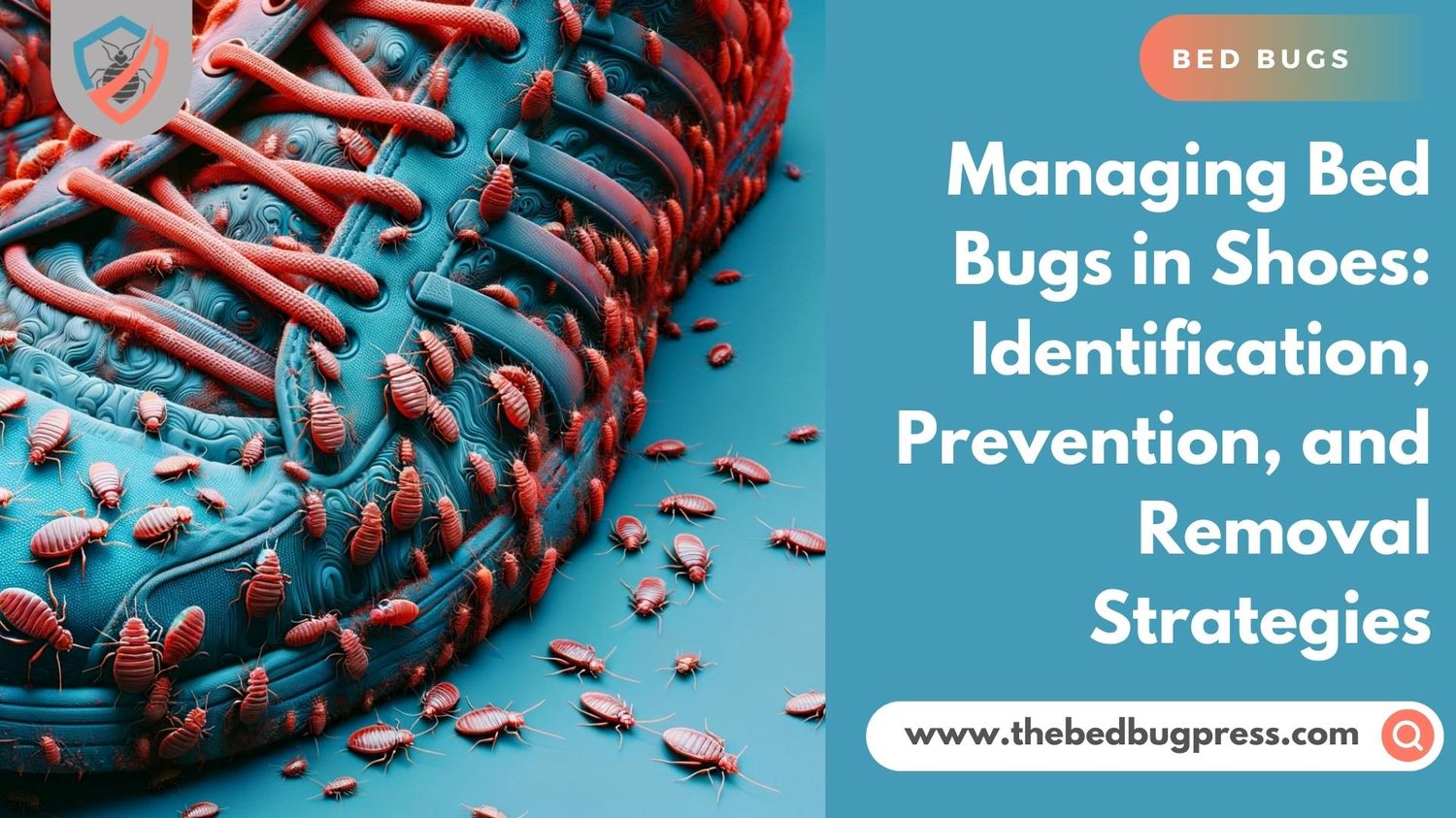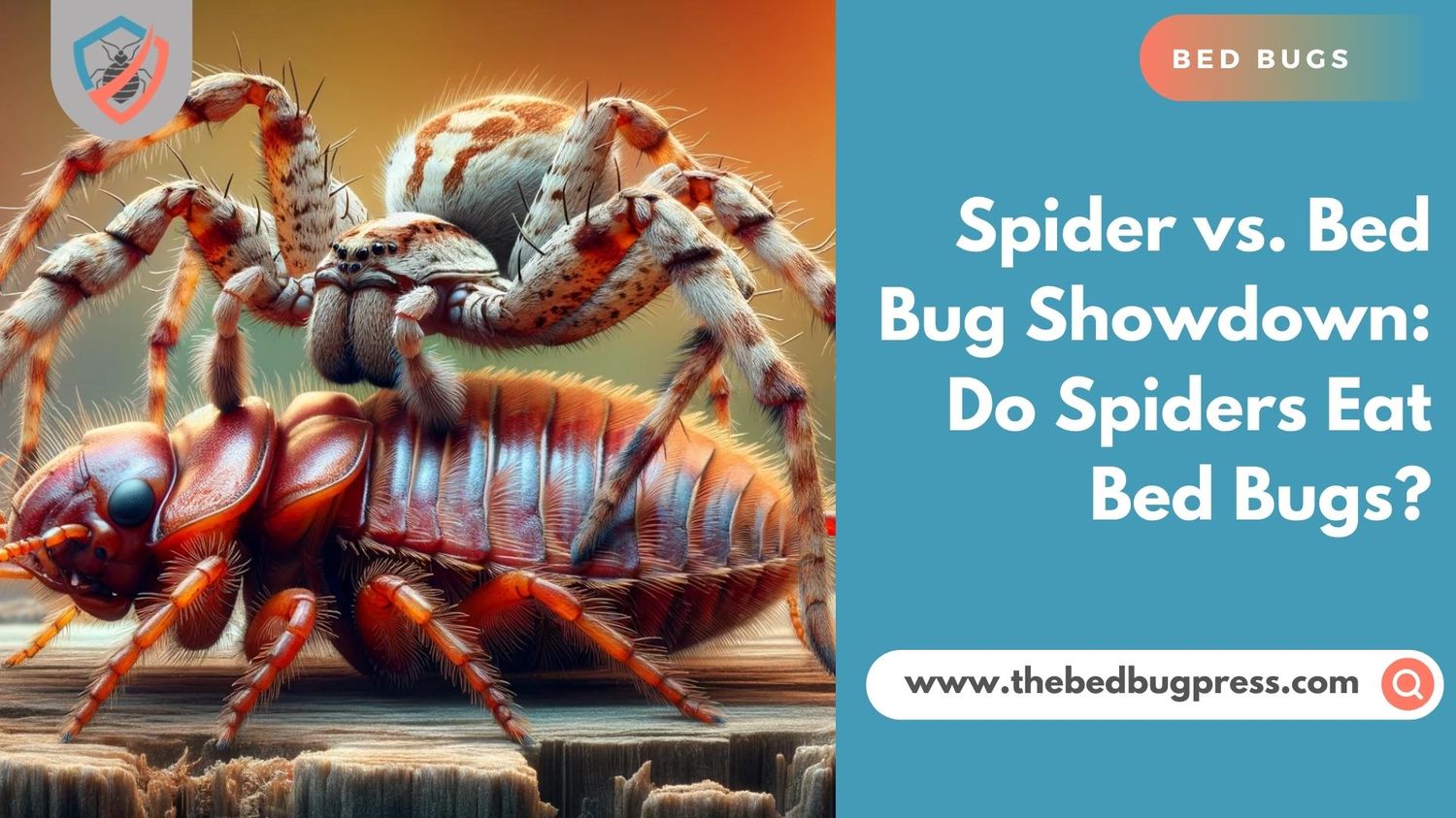Imagine a peaceful night’s sleep interrupted by the unsettling reality of bed bugs. These minuscule, nocturnal creatures are infamous for their stealth and ability to remain hidden, especially on sheets. Recognizing their presence is not always straightforward, yet it is critical in ensuring a pest-free environment.
This article offers a comprehensive guide to uncovering these unseen invaders, detailing how to identify the telltale signs of bed bugs on bed sheets and enabling swift action against any potential infestations.
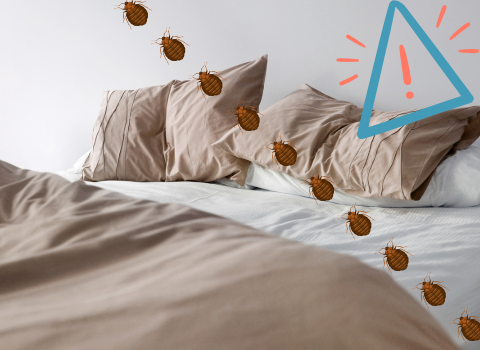
Signs of Infestation: How Do You Know If Your Sheets Have Bed Bugs?
An undisturbed night’s sleep is a luxury that everyone deserves. However, the presence of bed bugs can turn this simple pleasure into a nightmare. But how does one identify these unwelcome guests? The key to identifying bed bugs lies in knowing what signs to look for.
Physical Evidence of Bed Bugs
A clear sign of bed bug infestation is their physical presence on sheets. Adult bed bugs are about the size of an apple seed, while younger ones are smaller and harder to spot. They are reddish-brown, oval, and flat. Inspecting sheets, mattress seams, and nearby furniture closely can reveal these elusive pests.
Blood Stains and Bed Bug Feces
Unexplained small blood stains on sheets can be a red flag for bed bug activity. These blood spots occur when feeding bed bugs get crushed. In addition to this, after a bed bug bite, bugs leave behind dark fecal spots. These spots, which are essentially digested blood, may smear when touched and often have a musty odor.
Skin Sheds and Egg Shells
Bed bugs go through five life stages, shedding their skin each time they progress to the next stage of life cycle. Finding these light-yellow shed skins is another sign of bed bugs. Similarly, discovering tiny, pearl-white eggshells could indicate a growing bed bug population.
Bed bugs can be a nuisance, disrupting peace and comfort. Knowing the signs of their presence on sheets is the first step towards dealing with these pests effectively. Armed with this knowledge, anyone can take swift action, seek professional help if necessary, and restore tranquility to their living spaces.
Spotting the Unwanted Guests: Can You See Bed Bugs on Sheets?
Yes, it is possible to see bed bugs on sheets, although it requires a keen eye to where bed bugs feed and a bit of knowledge about their habits. They are night creatures, feeding on humans while they sleep. This makes the early morning hours the best time to spot them on bed sheets.
A flashlight can help in this endeavor, as bed bugs tend to hide in the dark corners and folds of your sheets and mattress. They may also be found along the seams and piping of mattresses, or within cracks of the bed frame and nearby furniture. The light will illuminate spots where bed bugs hide, making them easier to find.
While it can be challenging to spot bed bugs due to their size and color, other signs of their presence may be more noticeable. Look for small blood stains or dark fecal spots on your sheets, which are often left behind after they’ve finished feeding. You might also find bed bugs’ shed skins, as bed bugs molt and grow.
Spotting bed bugs on sheets is not a pleasant task, but it is an essential one. Identifying an infestation early can make the process of eliminating these pests much easier, leading to quicker relief from their nighttime attacks.
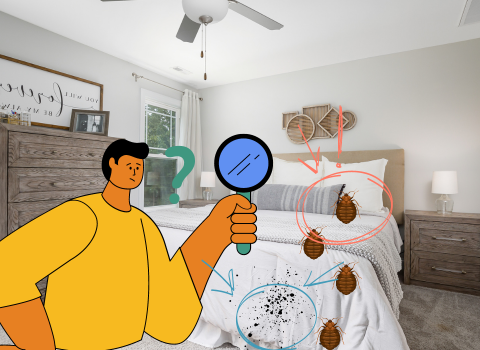
The Difference Between Blood Spots and Bed Bug Spots on Sheets
When it comes to maintaining a clean, comfortable sleep environment, noticing unfamiliar spots on sheets can be unsettling. Two types of spots that might cause concern are blood spots and bed bug spots. But how does one distinguish between the two? Below is a guide to understanding the difference between blood spots and bed bug spots on sheets.
Blood Spots
Blood spots on sheets typically originate from minor injuries, such as a scratch or a popped pimple. They appear as small, red, or brownish spots that may soak into the fabric. Over time, these spots may fade, but they generally maintain their reddish hue. It’s also worth noting that blood spots can occur anywhere on the sheet, depending on where the bleeding happened.
Bed Bug Spots
Bed bug spots indicate bed bug infestation. These spots are fecal matter from bed bugs and are made up of digested blood. They appear as small, dark spots that resemble a marker stain. Unlike blood spots, bed bug spots tend to smear when touched and often have a musty odor. Additionally, they are usually found in clusters and specific areas where bed bugs prefer to congregate, such as mattress seams, corners, box springs, or edges of the sheets.
Other Signs of Bed Bugs
While spotting bed bug spots is a clear sign of an infestation, there are other signs to look out for. These include physical sightings of live bed bugs, their shed skins, and shells from bed bug eggs. Itchy, red bites on the skin, often in a line or cluster, are another common indication of their presence.
Recognizing the difference between blood spots and bed bug spots on sheets is crucial in identifying a potential bed bug infestation. While both can be alarming, understanding their differences can provide clarity and prompt appropriate action. Remember, early detection is key in effectively dealing with these unwelcome guests and maintaining a healthy, comfortable sleeping environment.
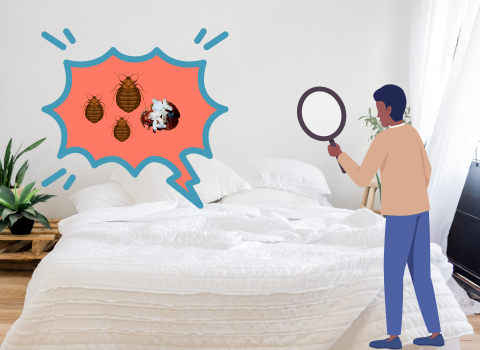
Check for Bed Bugs: How to Tell If You Have Bed Bugs in Your Sheets
The thought of bed bugs lurking in your sheets is enough to keep anyone awake at night. These tiny invaders can turn your peaceful slumber into a restless ordeal. But how do you know if your sheets are hosting these unwanted guests? Below are common bed bug signs that you should keep in mind.
Direct Sightings
To confirm a bed bug infestation, the easiest way is to visually identify the bed bugs themselves. Although they are small, adult bed bugs can be spotted without the need for any magnification. Using a flashlight, check the seams of your mattress and the folds of your sheets, particularly during early morning hours when these nocturnal pests are most active.
Telltale Marks
Bed bugs leave behind distinct signs of their presence. These include dark spots on your sheets, which are bed bug excrement. They often appear in clusters or lines along the edges or corners of your sheets. Unlike regular stains, they tend to smear when touched and may give off a musty odor. Small blood stains from crushed bed bugs can also be a giveaway.
Physical Symptoms
In many cases, it’s the physical symptoms that first alert individuals to the early signs of a possible bed bug infestation. Unexplained bites on your skin whenever they have their blood meal, often appearing in a line or cluster, could be a sign of bed bug activity. These bites can be itchy and are usually discovered upon waking.
Detecting bed bugs in your sheets is a crucial step towards reclaiming your peace of mind and comfort. By knowing what signs to look for, you can identify bed bugs early on and take the necessary steps to eliminate them. If you suspect bed bugs roaming around your home, it’s always advisable to seek professional pest control assistance to ensure a comprehensive solution.
Are Those Bites from Bed Bugs? Understanding Bug Bites from Bed Sheets
Waking up with unexplained bites can be a cause of concern for many, raising questions about the source of these bites. Could they be from bed bugs, other insects, or fungal infections? Get to know with the steps below:
Recognizing Bed Bug Bites
Bed bug bites typically look like small, red, itchy bumps that often appear in a line or group. The pattern is due to the feeding habits of bed bugs, which typically bite multiple times in one feeding session. However, reactions to bed bug bites can vary greatly among individuals, with some showing no signs at all while others may develop allergic reactions or severe itching.
Distinguishing Bed Bug Bites from Other Insects
Differentiating bed bug bites from other insects, like those from mosquitoes or fleas, can be tricky. While mosquito bites are random, bed bug bites often follow a straight line of multiple bites. Flea bites, on the other hand, tend to be more focused around the ankles. It’s important to note that the definitive way to confirm bed bug bites is through identifying other signs of their presence, such as spotting live insects, fecal spots, or shedding skins on bedding.
Steps to Take If Bed Bug Bites Are Suspected
If bed bug bites are suspected, immediate action should be taken. Begin by thoroughly inspecting the bed and surrounding areas for signs of bed bugs. Consider seeking professional pest control assistance if an infestation is confirmed. In the meantime, over-the-counter treatments can be used to alleviate itching, and discomfort caused by the bites.
Recognizing and understanding bug bites from bed sheets from other insect bites plays a crucial role in the early detection and treatment of bed bug infestations.
While the bites themselves can be uncomfortable, they signal a greater issue that needs addressing – the presence of bed bugs. By staying vigilant and informed, it becomes possible to tackle these unwelcome guests effectively and regain peace of mind.
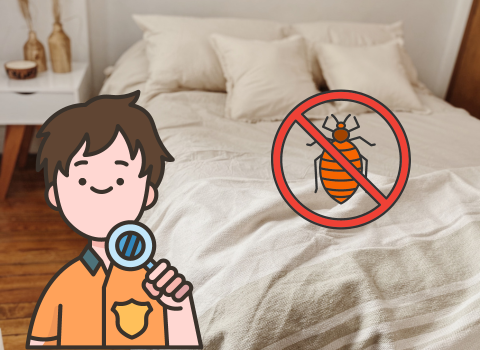
Getting Rid of the Signs of Bed Bugs on Bed Sheets
Bed bugs are unwelcome guests that can turn peaceful slumbers into restless nights. Notorious for their stealth and resilience, bed bugs can be hard to eradicate. However, tackling the signs of bed bugs on bed sheets is a crucial first step in handling a bed bug problem. This guide will walk you through the process.
Identifying and Removing Bed Bug Stains
The first step in getting rid of the signs of bed bugs on bed sheets is to identify and remove the rusty or reddish stains that they leave behind. These include dark spots from their feces or small blood stains from crushed bed bugs while they take their blood meal. Wash your sheets in hot water, as high temperatures can help eliminate both the stains and any lingering bed bugs or bed bug eggs. For stubborn stains, pre-treat with a stain remover before washing.
Vacuuming the Mattress and Bed Frame
Bed bugs often hide in the seams of mattresses and cracks in bed frames during the day. Vacuuming these areas thoroughly can remove bed bugs along with dead bed bugs, bed bug eggs, and shed bed bug shells. Be sure to dispose of the vacuum bag immediately after use to prevent any captured bed bugs from escaping back into your home.
Professional Pest Control
While cleaning the sheets and bed can reduce the signs of bed bugs, it may not eliminate an infestation. Professional pest control services have the expertise and equipment to handle bed bugs effectively. They can provide thorough treatment options that reach all potential hiding places, ensuring a comprehensive solution to kill bed bugs.
Preventive Measures
After successfully getting rid of the signs of bed bugs on bed sheets, it’s important to take preventive measures to avoid a future infestation. Regularly inspect your sheets and mattress for signs of bed bugs. Consider using bed bug-proof encasements for your mattress and pillows. Keep your bedroom clutter-free to reduce potential hiding spots for these pests.
Finally, be cautious when bringing second-hand furniture into your home as it could potentially harbor bed bugs. Remember that bed bugs spread easily and female bed bugs reproduce quite fast so you should be careful when bringing stuff home.
Getting rid of the signs of bed bugs on bed sheets is a crucial step towards reclaiming your peace and comfort. By following these steps, you can reduce the presence of these pests and their telltale signs. Remember, it’s always advisable to seek professional help when dealing with bed bugs to ensure the problem is fully resolved.

